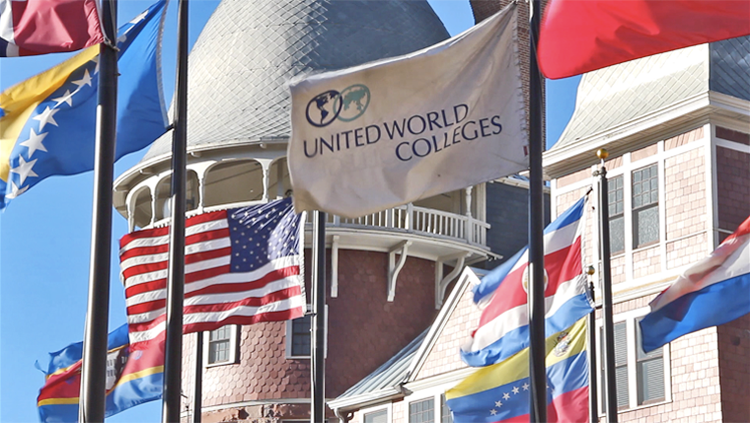 I previously argued that insurance is useful for risk transfer, but less attractive as an investment. I also think that under certain conditions – such as responsibility for minor children or limited savings, you need life insurance.
I previously argued that insurance is useful for risk transfer, but less attractive as an investment. I also think that under certain conditions – such as responsibility for minor children or limited savings, you need life insurance.
I thought a quick post using compound interest calculations could help illustrate why life insurance can be an effective risk transfer, but an ineffective investment.
As a 41 year old non-smoking man, $100,000 of pure life insurance would cost me $91.07 per month, for the rest of my life.[1] I would need to maintain those monthly payments – without fail every month – in order (for my heirs) to receive the $100,000 benefit when I die. I cannot access the $100,000 myself at any time, and I cannot waiver from the monthly contribution, or I lose my entire life insurance coverage.
Another option with $91.07 per month would be to invest it myself. Assuming a 4.35% return annually on that same amount of money, and assuming I live to precisely my expected life of 37 more years, l would have accumulated almost exactly $100,000 in savings, to match the life insurance policy payout amount.
The big difference? I don’t have to die to use that money, either at the end of 37 years or at any point along the way.
Not only that, if I could beat the 4.35% return and achieve a 6% annualized return on investment instead, my 37 years of investing $91.07 per month would be worth $149,397.
Of course, if I die early, my investment return goes up. So I’d have that going for me. But then, of course, I’m dead.[2]
In addition, if I’m unfortunate enough[3] to live longer than my expected 37 more years, my implied ‘return on investment’ via life insurance looks a lot worse versus a potential return available elsewhere.
Most importantly, if I skip a few months of investing $91.07 monthly, I still control all of my invested money. I have access to that invested capital at any point along the way in my lifetime, for other investments – or consumption – as I saw fit.
With life insurance, if you miss a few payments, your policy lapses and all of your money disappears.[4] In fact, the life insurance business depends on the expectation of policy lapses, as I explained in an earlier post.
So insurance as an investment never matches up attractively, at all, to other investment options.
As a risk-transfer policy, life insurance works great, but keep that function apart from your investments.
Please see other posts on
Insurance I – Risk Transfer Only
And
Insurance II – The Good, the Optional, and the Bad
[1] That’s the quote I got today from my life insurance company USAA.
[2] Although the Lama did grant me total consciousness. Which is nice.
[3] Yes, that’s sort of sarcastic.
[4] Yes, there are versions of whole life insurance which allow you to skip a few monthly payments, or in which you get to borrow against ‘accumulated value’ in the policy, but I’ll make two quick points about that. 1. That skipping option gets reflected in your premium price (which will be higher than the $91.07 that I got quoted for a very stripped-down policy, and 2. That option to access ‘accumulated value’ is a way to ease you into the unholy alliance of risk-transfer and investment, violating my cardinal rule of insurance, which is to keep those two functions entirely separate.
Post read (7444) times.





